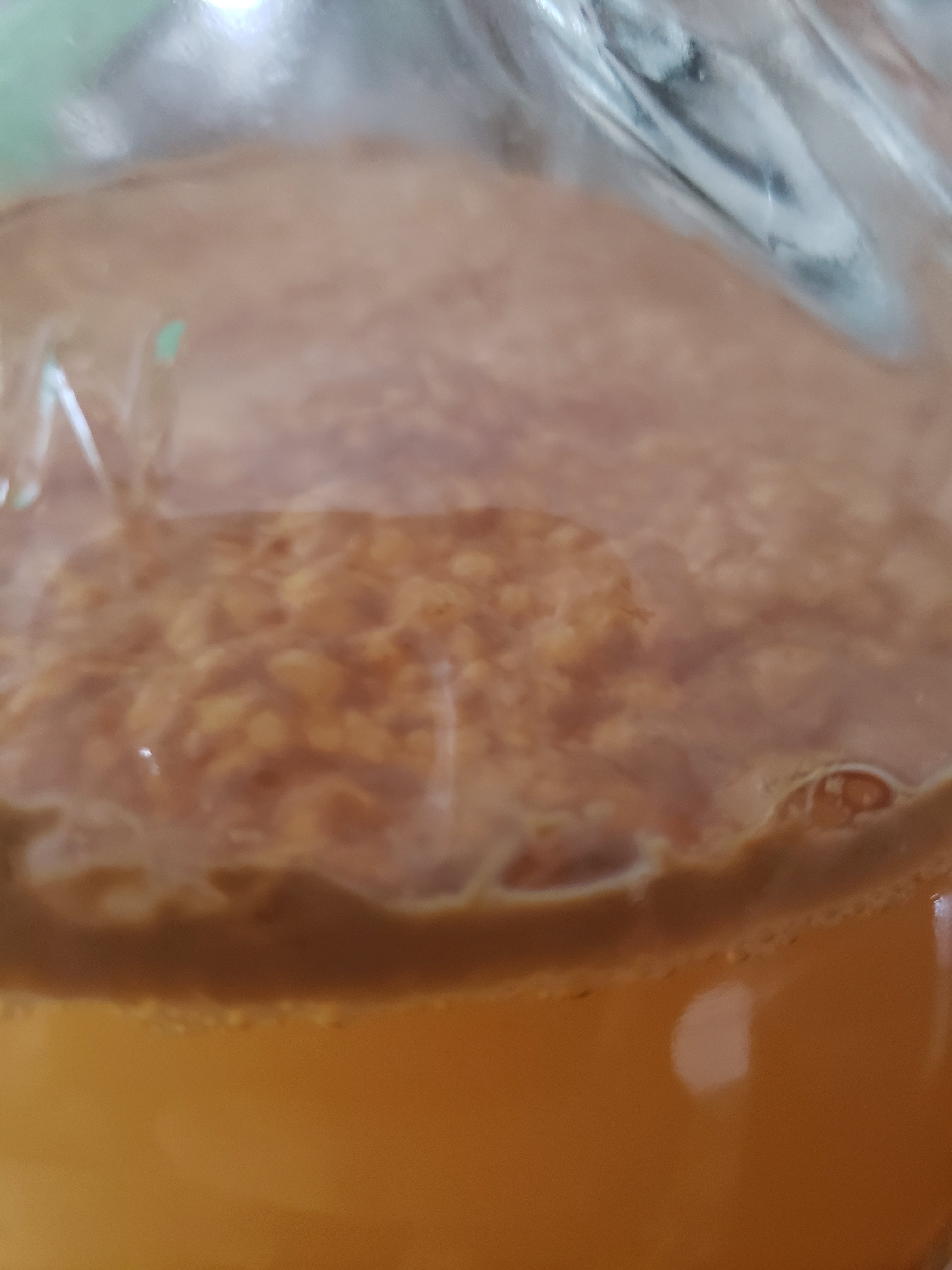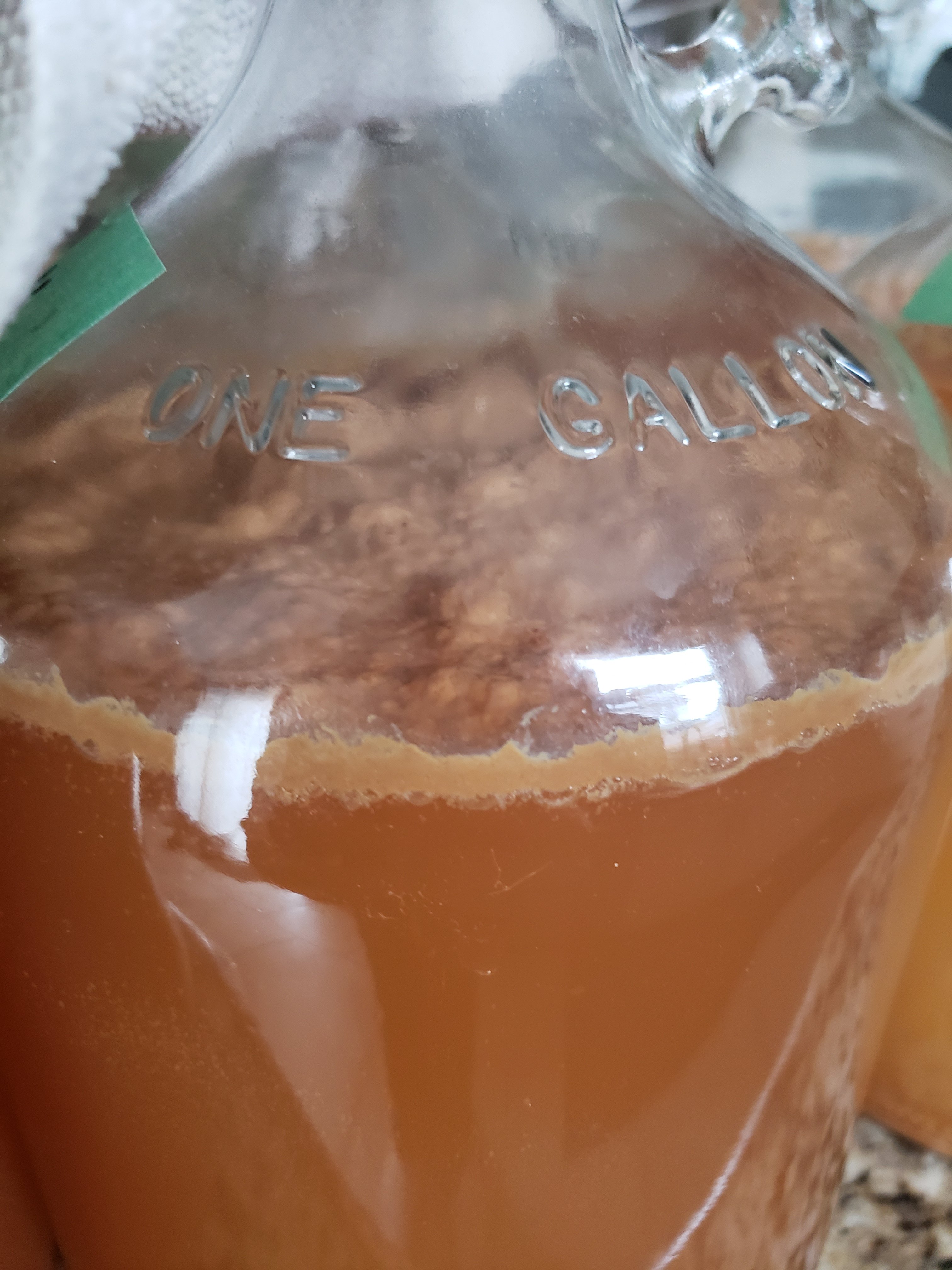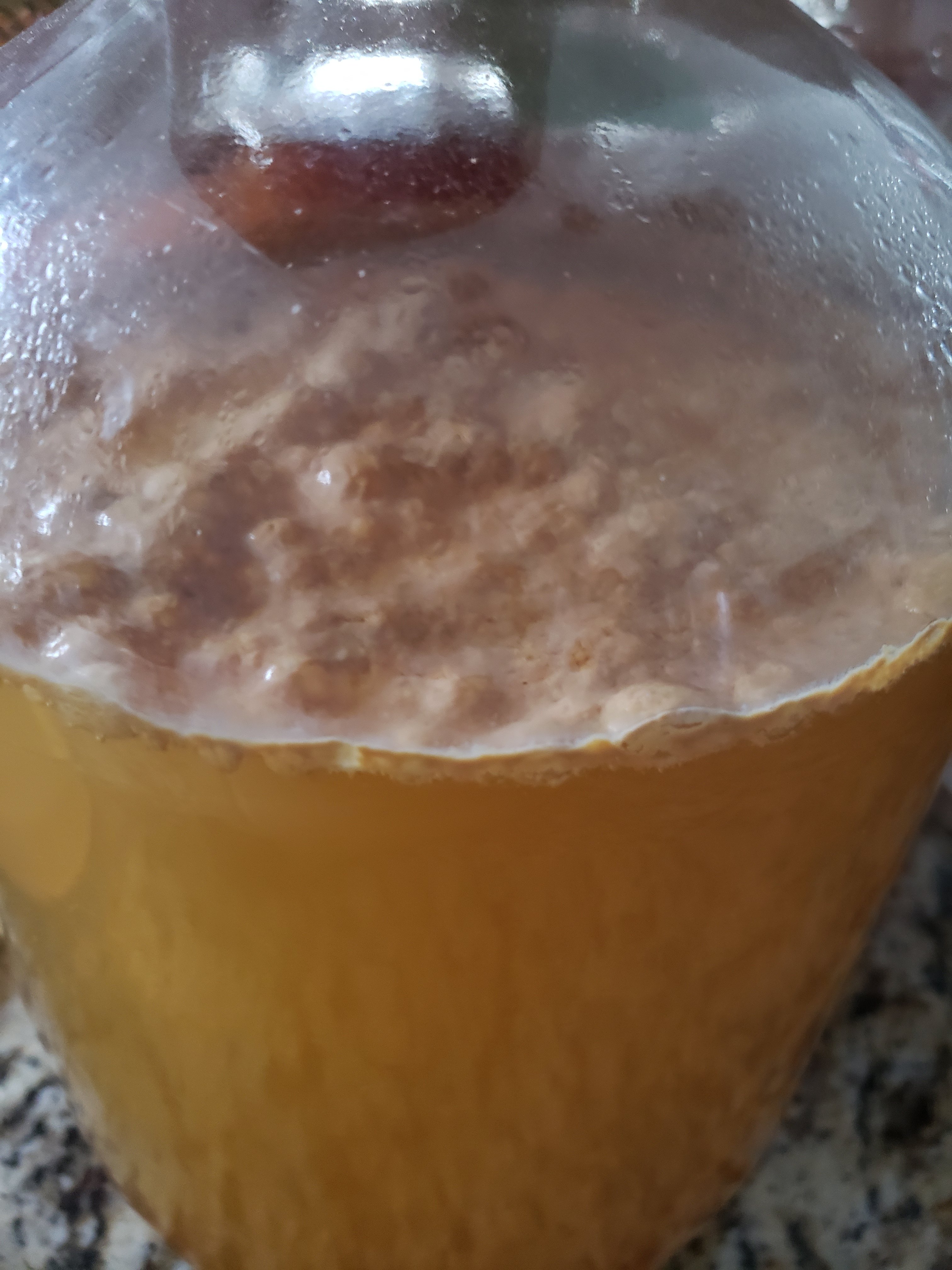Scott Albrecht
Member
- Joined
- Mar 15, 2019
- Messages
- 13
- Reaction score
- 1
Hi all, I'm new here and new to home brewing. I bought a 6 Gal bucket of cider and made up 6 3/4 gal test jugs with various types and amounts of sugar and cinimon as an experiment to see what different tastes I would get. Each jug recieved 1/2 packet of champagne yeast 1 tsp yeast nutriant and 1/2 tsp of energizer. The cider shop said they do add just the slightest amount of preservative but just enough to keep it a bit longer, they said they had people use it for hard cider without issue. It took over a week to get started, but even then it was pitiful, so I added another 1/2 pack of champagne yeast, and my dad said it won't work without air so I removed the bubblers. At this point they did start to ferment so I let them go, but I'm about 4 weeks in and almost every jug has a about 1/4" of scum on top and not really any change day to day, no new fresh bubbles, has the cider spoiled ? Sorry this was so long !!
Scott
Scott















![Craft A Brew - Safale S-04 Dry Yeast - Fermentis - English Ale Dry Yeast - For English and American Ales and Hard Apple Ciders - Ingredients for Home Brewing - Beer Making Supplies - [1 Pack]](https://m.media-amazon.com/images/I/41fVGNh6JfL._SL500_.jpg)











































